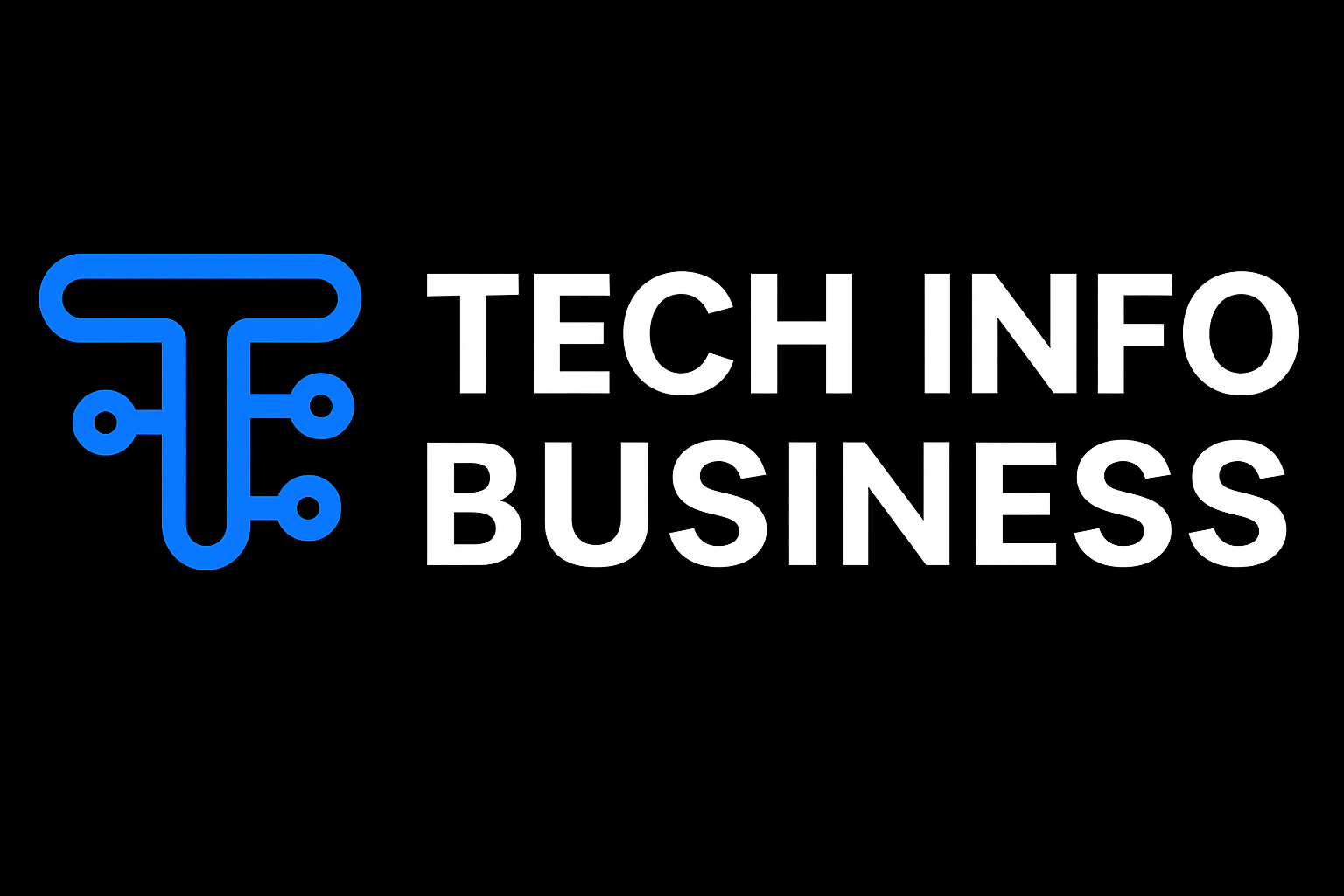In the modern world, technology has become deeply intertwined with nearly every aspect of human existence. From the moment we wake up to the time we go to bed, our lives are surrounded, shaped, and sometimes dictated by technology. Smartphones, artificial intelligence, smart homes, automation, and the internet have revolutionized how we work, communicate, learn, and even think. But as technology continues to evolve, it’s worth asking: how exactly is technology changing human life—for better and for worse?
The Evolution of Technology and Its Role in Society
The relationship between humans and technology is changing human life, and technology has always been cyclical. Every technological advancement reflects society’s needs, and in turn, reshapes how we live. From the invention of the wheel to the rise of the internet, human progress has always been linked to technological innovation. Today, however, this connection has intensified. We now live in an era where technological progress occurs at an exponential rate, transforming not only how we perform tasks but also how we perceive the world around us.
Technology is no longer just a tool; it’s an integral part of human identity and interaction. Whether it’s through automation in the workplace, telemedicine in healthcare, or online education, technology is influencing the way we define efficiency, connection, and success.
How Technology Is Transforming Daily Life
1. Communication Without Borders
One of the most visible ways technology has changed human life is through communication. Gone are the days when connecting with someone across the globe required letters or expensive phone calls. The internet, smartphones, and social media platforms have made instant communication possible, regardless of time or location.
Apps like WhatsApp, Zoom, and social media platforms have turned the world into a digital village. Families separated by continents can video call in real time, businesses can conduct global meetings effortlessly, and individuals can form communities based on shared interests rather than geography. This interconnectedness has redefined social interaction, making it easier to stay informed, connected, and emotionally supported—though not without challenges like digital fatigue and superficial online engagement.
2. Workplace Revolution and Automation
In the workplace, technology has driven unprecedented levels of efficiency and productivity. Tasks that once required days of manual labor can now be completed in minutes with the help of advanced software and artificial intelligence. Cloud computing enables remote collaboration, automation streamlines repetitive tasks, and data analytics empowers businesses to make informed decisions with greater precision.
However, this transformation comes with a cost. While technology improves operational efficiency, it has also sparked debates about job displacement due to automation and AI. Many industries now face the dual challenge of embracing innovation while maintaining meaningful employment for workers. To adapt, employees must continuously upskill and embrace lifelong learning—a trend that reflects how technology not only changes work but also the mindset of the modern workforce.
3. Advancements in Healthcare
Few areas have benefited more from technology than healthcare. From precise diagnostic tools to telemedicine, the medical field has been revolutionized by technological progress. Doctors can now monitor patients remotely, AI can detect diseases from scans with remarkable accuracy, and robotic surgeries minimize human error.
During the COVID-19 pandemic, technology played a crucial role in maintaining access to healthcare. Telehealth apps allowed patients to consult doctors safely from their homes, and data-driven research accelerated vaccine development at a pace previously unimaginable. Today, wearable technology like smartwatches helps users track heart rates, sleep cycles, and physical activity, promoting a more proactive approach to health.
Yet, as technology enables better healthcare, it also raises ethical and privacy concerns. The digitization of medical data requires robust cybersecurity measures to ensure sensitive information remains confidential.
4. Education and Knowledge Accessibility
Technology has democratized education, breaking down barriers that once limited learning to physical classrooms. With the rise of online courses, video tutorials, and digital libraries, anyone with an internet connection can access world-class education. Students can now attend virtual lectures from universities across the globe, while educators can reach millions through digital platforms.
Artificial intelligence has further personalized education. Adaptive learning systems can assess a student’s strengths and weaknesses and tailor lessons to their needs. This has transformed traditional teaching models into more flexible, student-centered approaches. However, this digital shift also highlights the global digital divide—many still lack access to reliable internet and devices, leaving them excluded from this educational revolution.
5. The Internet of Things (IoT) and Smart Living
The concept of the Internet of Things (IoT) has turned ordinary homes into intelligent ecosystems. Smart homes, equipped with voice-controlled assistants, automated lighting, and smart thermostats, offer convenience and energy efficiency. Beyond homes, IoT devices are transforming agriculture, transportation, and urban infrastructure.
For instance, farmers now use drones and sensors to monitor crops, while smart cities employ technology to manage traffic, reduce pollution, and improve public safety. This integration of technology into daily life illustrates how deeply it influences not just individual habits but also societal structures.
The Psychological and Social Impact of Technology
While the benefits of technology are immense, its psychological and social effects are equally significant. Social media, while connecting billions, has also introduced new challenges. Many individuals report feelings of loneliness, anxiety, and depression stemming from online comparisons and the pressure to maintain a perfect digital persona. Constant exposure to curated content can distort self-image and reduce genuine social interaction.
Moreover, technology’s “always-on” culture has blurred the boundaries between work and personal life. Notifications, emails, and updates demand constant attention, making it harder for people to disconnect and recharge. This lack of balance often leads to burnout, reduced productivity, and mental fatigue.
Excessive screen time also impacts physical health—causing eye strain, sleep disturbances, and sedentary lifestyles. As such, learning to use technology mindfully has become as important as using it skillfully.
Privacy, Security, and Ethical Concerns
With the rise of digital technology comes an ever-growing concern about privacy and data security. Every online activity leaves a digital footprint—shopping habits, social media posts, and even location data are constantly collected, analyzed, and sometimes exploited. Cybersecurity threats such as hacking, data breaches, and identity theft pose serious risks to individuals and organizations alike.
Additionally, ethical questions surrounding artificial intelligence and data usage continue to grow. Who owns our personal data? Can AI make fair, unbiased decisions? These questions underscore the need for stricter digital regulations and greater public awareness of data protection.
The Double-Edged Sword of Technological Progress
Technology is often described as a double-edged sword: it empowers us but can also enslave us if misused. It has created a world of convenience and connectivity, yet it has also introduced dependence and distraction. The challenge lies not in stopping technological progress but in learning to guide it responsibly.
To ensure technology serves humanity rather than controls it, individuals and societies must establish healthy digital habits—such as setting screen time limits, prioritizing face-to-face interactions, and maintaining digital privacy. Governments and organizations must also promote digital literacy and ethical innovation to prevent misuse.
Conclusion: A Future Shaped by Technology
There is no doubt that technology has transformed human life in profound and irreversible ways. It has revolutionized how we communicate, work, learn, and heal. It has raised living standards, created new industries, and opened opportunities that once seemed impossible. Yet, it also demands awareness, adaptability, and responsibility.
As we continue into an increasingly digital future, the question is not whether technology will change human life—it already has. The real question is how we will choose to live with it. Will we let technology dictate our values, or will we harness it to enhance humanity?
Ultimately, technology should be our most powerful ally—a tool that empowers creativity, deepens human connection, and builds a more equitable and sustainable world. The key lies in balance: using technology to serve human needs, not the other way around. In doing so, we can ensure that the story of how technology is changing human life becomes one of progress, purpose, and shared prosperity.
Check Also:https://techinfobusiness.co.uk/yahoo-pva-accounts/


